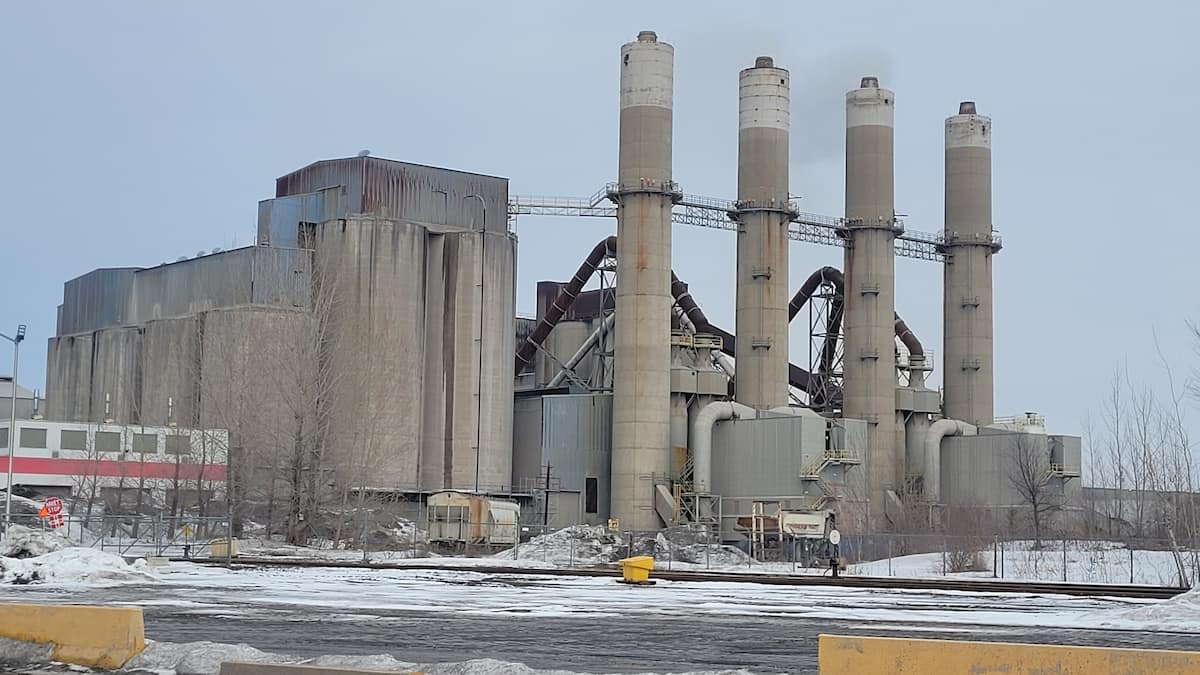The Quebec company Béton Provincial is in the process of getting its hands on the Joliette cement plant while the plant needs major investments to reduce its polluting emissions, we have learned The newspaper.
• Read also: Reduction of greenhouse gases: Quebec tightens the screws on cement plants which will soon be held accountable
• Read also: Sale of McInnis Cement: Quebecers will lose big
• Read also: The daughter of Matane… and CH
“I think it’s good news because it’s in Quebec interests,” declared the mayor of Joliette, Pierre-Luc Bellerose, during a telephone interview.
The Competition Bureau confirmed to Newspaper that it was examining the transaction concluded in December between Béton Provincial and the current owner of the facilities, the Irish multinational CRH.
André Bélanger, CEO of Béton Provincial
“Photo taken from LinkedIn”
The vice-president of legal affairs and communications at Béton Provincial, Louis Thibault-Germain, did not want to comment.
If the transaction is approved, Béton Provincial will get its hands on one of the four cement plants in Quebec. The others belong to the Quebec Groupe Papillon (Saint-Basile), the Swiss Holcim (Saint-Constant) and the Brazilian Votorantim (Port-Daniel–Gascons).
Mutism in Quebec
The Ministry of the Economy did not want to tell the Newspaper if he was going to financially support the acquisition of the Joliette cement plant.
In 2020 and 2021, Béton Provincial registered with the Registry of Lobbyists to request $150 million in aid to purchase the Port-Daniel–Gascons (McInnis) cement plant. In April 2021, the latter instead passed into the fold of Votorantim with the assistance of the Caisse de dépôt.
Béton Provincial currently has no registration in the Registry of Lobbyists regarding the Joliette cement plant.
Owner of the Joliette cement plant since 2015, CRH has decided to divest itself of the plant even though it must invest significant sums in order to comply with new government environmental standards.
More than 305,000 tonnes of CO2
“When I met the former owners [en décembre], they did not necessarily intend to invest, relates Mr. Bellerose. There, we see that they were more in sales mode. […] In my discussions with them, we were talking about several hundred million or even up to 1 billion dollars. We really wanted to optimize [les opérations].”
Like all cement plants, that of Joliette is one of the largest polluters in Quebec. In 2021, its CO2 emissions exceeded 305,000 tonnes.
“Yes, it supports 130 families, but there are environmental issues around that,” says Pierre-Luc Bellerose. Especially since we know that there is still limestone available today for exploitation for at least 100 years. So there are going to be issues to discuss.”
Joined by The newspaperthe president of the cement workers’ union, Samuel Deschênes, refused to discuss the matter.
Remember that the Joliette cement plant was the scene of a lockout which lasted more than 16 months and which ended in October 2022. Furthermore, according to local media, the plant is suffering from competition with McInnis, the largest cement producer in Quebec.
Béton Provincial has its origins in a company that Matanese entrepreneur Walter Bélanger acquired in 1960. Today it has more than 2,000 employees, more than 500 concrete mixers and 90 factories.
Mr. Bélanger died in September, but three of his four children now run Béton Provincial. His daughter France Margaret Bélanger is a manager at Groupe CH (Montreal Canadiens).
– With Marc-André Gagnon
A factory founded by the Mirons
1965 The Miron family, owner of a quarry in Montreal, built the Joliette cement plant, which it would operate under the name Ciment Indépendant.
1976 The Ciment St-Laurent Group acquires the cement plant.
1979 Construction of four additional silos
1994 Installation of a used tire supply system
2009 Holcim buys Ciment St-Laurent and the cement plant
2013 Introduction of natural gas
2015 The cement plant comes under the control of CRH (Ash Grove)
Source: actualitecimenteriejoliette.com
